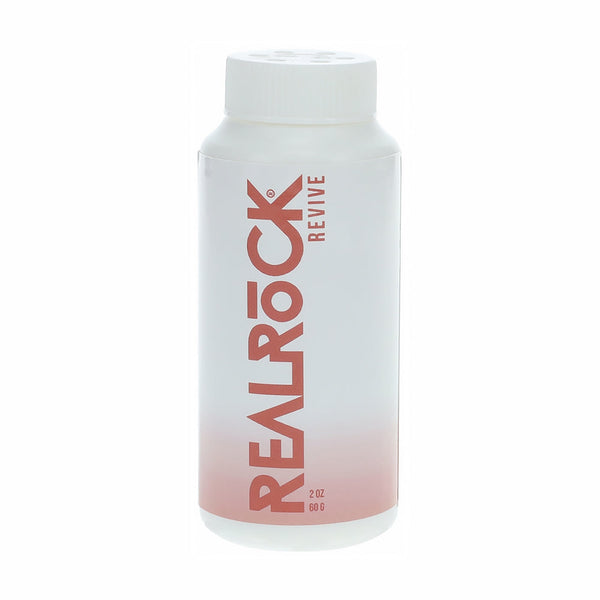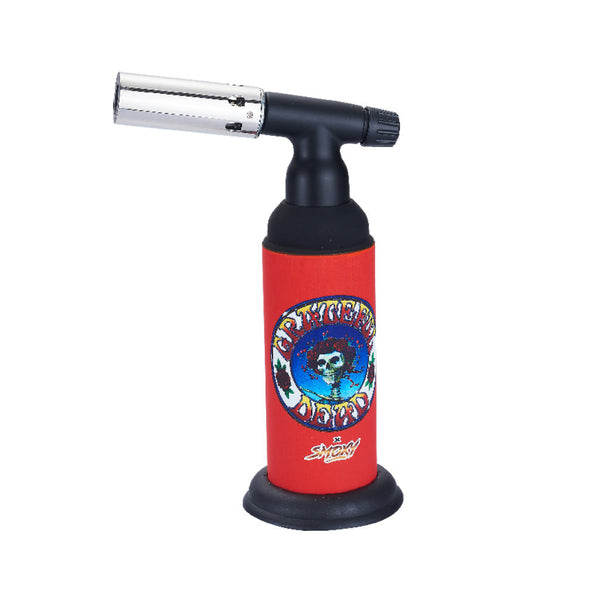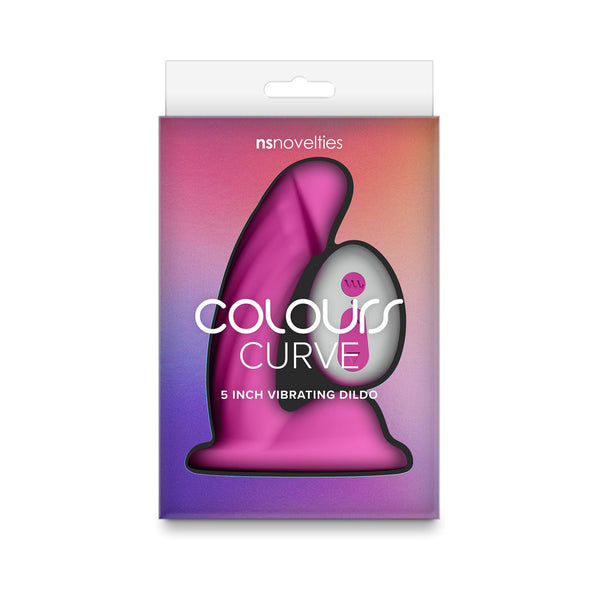How to Clean a Glass Pipe with Vinegar and Baking Soda: A Step-by-Step Guide for Cleaning Glass Pipe with Vinegar and Baking Soda

A dirty glass pipe can ruin the smoking experience. Built-up resin affects flavor, clogs airflow, and poses health risks. Many users struggle to find an effective and safe cleaning method without harsh chemicals.
Using vinegar and baking soda offers a simple, natural solution. This combo creates a powerful reaction that removes stubborn residue while being gentle on the glass. Plus, they’re items many people already have at home.
This guide will show you exactly how to clean your glass pipe step by step. Follow these tips for cleaner sessions and better performance. Keep reading to learn how it’s done!
Materials Needed
To clean a glass pipe effectively, gather basic household supplies. These items simplify the cleaning process and ensure a thorough result.
Vinegar
Vinegar stands out as a powerful and eco-friendly cleaning agent. Distilled white vinegar contains acetic acid, which helps break down grime and residue on glass pipes. It offers an affordable, nontoxic alternative to chemical cleaners while being safe for regular use.
This natural disinfectant is widely praised for its multipurpose applications. Its environmentally friendly properties make it ideal for cannabis users aiming to maintain their gear without harming the planet.
Mix vinegar with baking soda for a green cleaning solution that tackles buildup effectively!
Baking soda
After vinegar, baking soda plays a crucial role in cleaning glass pipes. This white powder, formally known as sodium bicarbonate, is a common kitchen staple with impressive cleaning power.
It acts as a natural deodorizer and helps break down stubborn residue inside the pipe. Using just 1 teaspoon of baking soda combined with equal parts vinegar unleashes its chemical reaction capabilities.
This household cleaner is both safe and effective for eliminating buildup caused by regular use of your pipe. Its fizzing action loosens debris that can be hard to reach otherwise.
As an affordable and versatile product, it’s easy to keep on hand for routine cleanings or quick maintenance sessions.
Warm water
Use warm water to rinse the glass pipe before and after cleaning. The heat helps loosen residue, making it easier to clean stubborn buildup. Tepid water is gentle on the glass and prevents cracking from sudden temperature changes.
Avoid using boiling water directly, as extreme heat may damage delicate pipes. Warm liquid at a moderately heated level works best for thorough rinsing without risking harm to the material.
Sealable plastic bag or container
A zip-top bag or lockable plastic container works best for soaking the glass pipe. These options prevent spills and keep the cleaning solution contained while ensuring even coverage.
Place the pipe inside a sealable storage bag, like a reusable plastic pouch or zippered plastic bag. Make sure it is airtight to avoid leaks when submerging the pipe in vinegar and baking soda mixture.
Pipe cleaning brush or toothpick
A pipe cleaning brush or toothpick works as an essential cleaning tool for glass pipes. The brush reaches tight spots in the pipe, scrubbing away sticky residue. For stubborn buildup, use a toothpick to chip off hardened debris without damaging the glass.
Both options act as effective hygiene accessories for maintaining your glass pipe. A disposable toothpick makes unclogging quick and easy. Combine these tools with a good cleaning solution to ensure thorough results every time.
Paper towels or cloth
Use a clean hand towel or absorbent cloth to dry the pipe after rinsing with warm water. Disposable paper towels work well for soaking up excess moisture quickly.
Reusable kitchen towels or cotton fabric towels are eco-friendly options for drying and wiping. For delicate glass, an ultra-soft drying cloth ensures no scratches occur during cleanup.
Preparing the Glass Pipe
Start by clearing any noticeable residue from the glass pipe to make cleaning easier. Rinse it under warm water to loosen stubborn debris before moving on to the next steps.
Remove any loose debris
Tap the glass pipe gently to dislodge loose particles. Use a small tool, like a toothpick or scraper, to clear away dirt from tight areas.
Rinse the pipe under warm water to remove additional debris. This step ensures no residue interferes with the vinegar and baking soda solution later.
Rinse the pipe with warm water
Rinse the glass pipe under hot water to remove loose dirt and residue. Flush out the pipe with warm water to ensure debris exits from small openings.
Use warm water to clean the pipe thoroughly, focusing on areas where grime collects. This step clears most of the surface buildup before deeper cleaning begins.
Creating the Cleaning Solution
Combine vinegar and baking soda to create an effective cleaning mixture. Allow the reaction to settle before using it.
Mix vinegar and baking soda in a container
Mix equal parts of vinegar and baking soda in a container to create the cleaning solution. Start by adding one teaspoon of baking soda, then pour an equal amount of vinegar over it.
The mixture will fizz as the reaction occurs, releasing bubbles that help break down residue.
Allow the fizzing to settle before using the homemade cleanser. This natural cleaning method works effectively without relying on harsh chemicals. Its nontoxic properties make it safe for both your glass pipe and the environment.
Allow the fizzing reaction to settle
The chemical reaction between vinegar and baking soda creates an effervescent fizz. This is caused by carbon dioxide gas forming as the two ingredients combine. Allow this reaction to completely settle before using the solution.
Rushing might reduce its effectiveness as a cleaning agent. Once the bubbling stops, the mixture stabilizes, ensuring maximum reactivity for optimal cleaning power.
Cleaning the Glass Pipe
Place the glass pipe into the prepared cleaning solution to start breaking down residue. Allow the mixture to work effectively before addressing any stubborn buildup.
Submerge the pipe in the solution
Immerse the glass pipe in the vinegar and baking soda solution completely. Shake the container gently to ensure the solution reaches every surface of the pipe.
Let it soak for 30 minutes to an hour. This allows the bubbling action from the reaction to loosen stubborn resin and debris inside and outside of the glass pipe.
Let it soak for 30 minutes to an hour
After submerging the glass pipe in the cleaning solution, let it soak for 30 minutes to an hour. This soaking method for glass pipes allows the vinegar and baking soda solution to break down tough residue effectively.
For deep cleaning of heavily stained pipes, consider letting it sit overnight.
The soaking process loosens debris that may cling to hard-to-reach areas inside the pipe. Patience during this step ensures cleaner results without excessive scrubbing or damage.
Use a brush or toothpick to remove stubborn residue
Scrub stubborn areas of the glass pipe using a pipe cleaner. The bristles can effectively loosen and remove buildup from larger sections. For smaller or hard-to-reach spots, use a toothpick to carefully scrape away residue without damaging the glass.
Focus on corners, narrow passages, and other tricky areas. Work gently to avoid scratching the surface while achieving thorough residue removal. Always clean tools afterward for reuse in future cleaning sessions.
Rinsing and Drying
Rinse the pipe thoroughly with warm water, then dry it using a clean towel or allow it to air dry completely.
Rinse the pipe thoroughly with warm water
Use hot water to cleanse the pipe and eliminate any stubborn debris. Ensure all residue is thoroughly washed away by running warm water through every part of the pipe. Hold it under a steady stream, rotating it to reach small crevices where buildup may hide.
Rinse off any leftover particles until the water runs clear, signaling that no residue remains inside or outside the pipe.
Dry the pipe with a clean towel or let it air dry
Pat the pipe with a clean towel to remove excess moisture. Focus on hard-to-reach areas, ensuring no water stays trapped inside. A soft cloth works well for this step to avoid scratches.
Let the pipe air out completely after wiping it down. Place it in a safe, dry spot where airflow can reach all sides. Ensuring the pipe is completely dry prevents mold or residue buildup over time.
Tips for Maintaining a Clean Glass Pipe
Keep your glass pipe clean with simple steps to prevent resin buildup and enjoy a smoother experience—read on for practical tips.
Clean your pipe regularly to avoid buildup
Frequent pipe cleaning prevents residue buildup and extends its usability. Heavy users should clean weekly to avoid excessive gunk, which may affect taste and airflow. Regular 5-10 minute sessions are enough to maintain a clean glass pipe.
Sticking to this simple routine helps prevent tough-to-remove debris from hardening inside the pipe. This habit ensures smoother smoking sessions while preserving your gear for longer use.
Store the pipe in a safe, dry place
Place glass pipes in a clean, dry, and cool location to prevent damage and bacterial growth. Avoid areas with high humidity or direct sunlight, as these can promote bacteria to thrive or weaken the glass over time.
Keep the pipe in a secure spot away from heavy objects that could crush or crack it. Use a padded container for extra protection during storage. Proper storage helps preserve the pipe and maintain its cleanliness between uses.
Recommended Pipe Cleaners for Maintaining a Clean Glass Pipe
Pre-made cleaning kits make maintaining a clean glass pipe easy and efficient. Many of these kits include solutions with isopropyl alcohol, coarse salt, and tools like brushes or picks.
These products remove stubborn residue effectively without damaging the glass.
Denture cleaning tablets offer an alternative for quick cleanups. Users can dissolve one in warm water and soak their pipe for effective results. For a budget-friendly option, combine coarse salt with rubbing alcohol to scrub away buildup easily.
Keep these supplies handy to simplify your routine.
Conclusion
Cleaning a glass pipe with vinegar and baking soda is simple and effective. Regular maintenance ensures better flavor, purity, and longevity. Keep your pipe clean for smoother, healthier sessions every time.
FAQs
1. How does vinegar and baking soda clean a glass pipe?
Vinegar breaks down residue with its acidity, while baking soda acts as a gentle abrasive to scrub away buildup.
2. What steps are involved in cleaning a glass pipe with vinegar and baking soda?
First, rinse the pipe with warm water to loosen debris. Then, fill it with vinegar and add some baking soda. Let it sit for 10-15 minutes before scrubbing gently. Rinse thoroughly with warm water.
3. Is using vinegar and baking soda safe for glass pipes?
Yes, both are natural cleaners that won’t damage the glass when used properly.
4. Why choose vinegar and baking soda over other cleaning methods?
They are affordable, non-toxic options that effectively remove grime without harsh chemicals or strong smells.


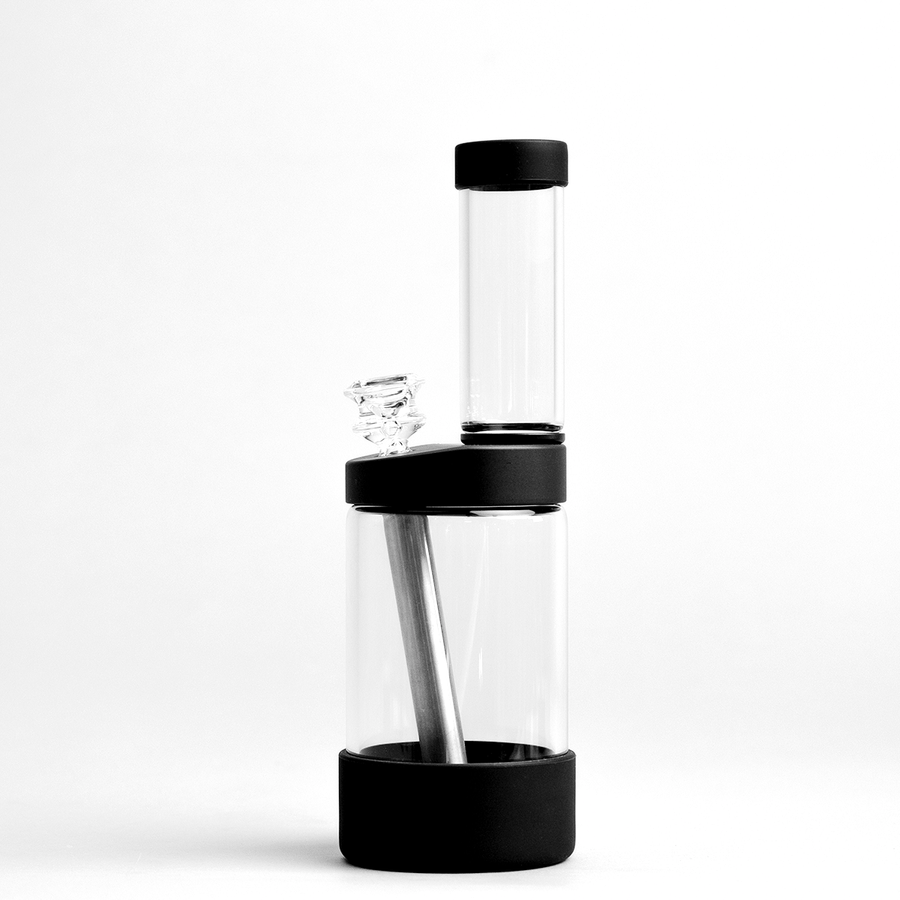
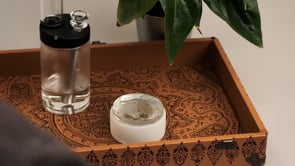
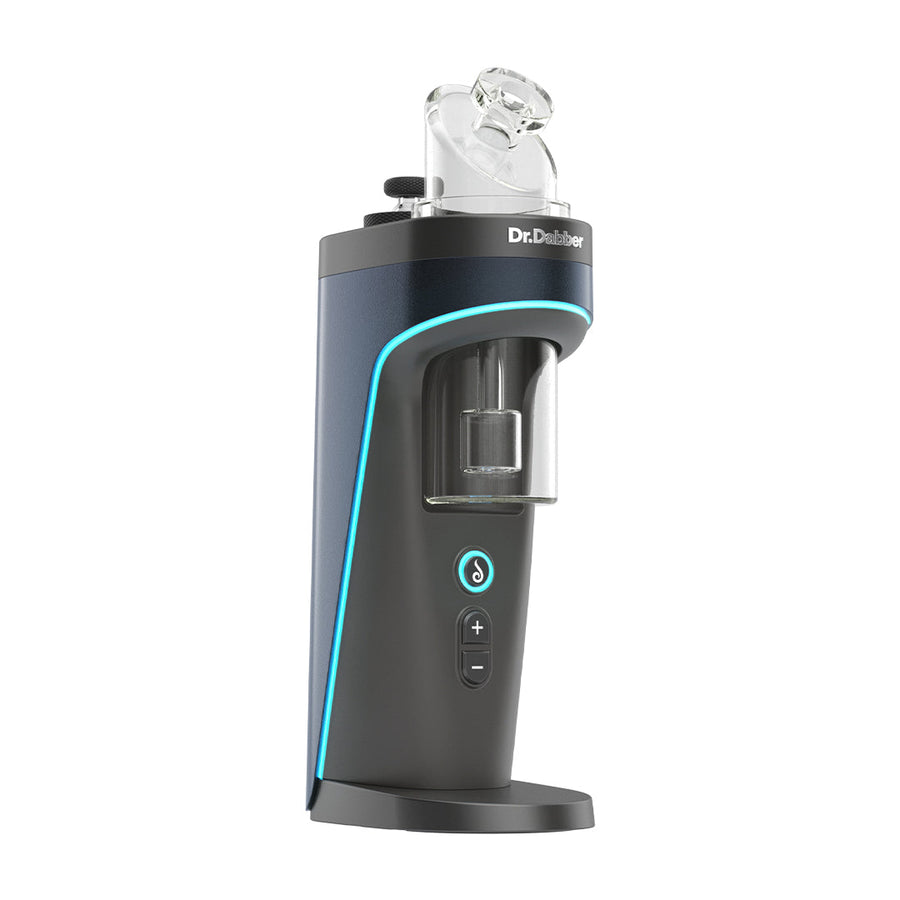
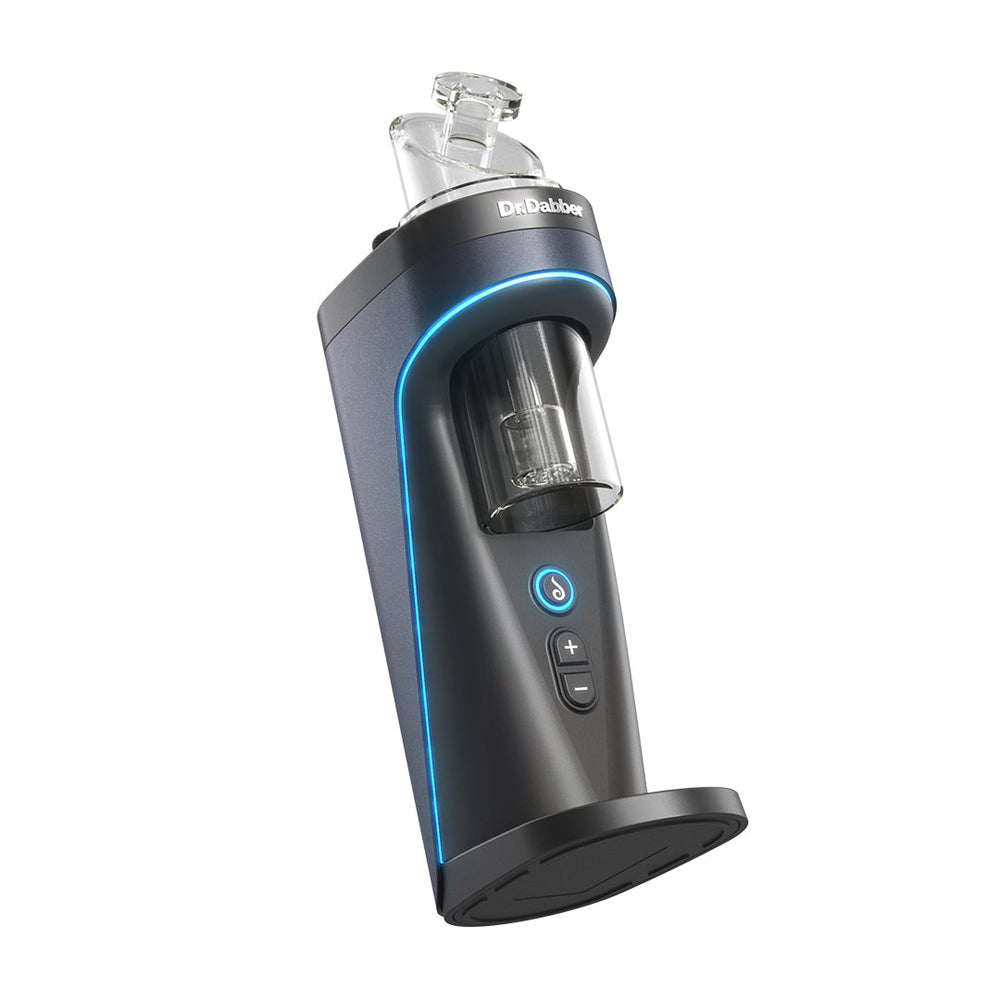
![Vessel Helix Pipe [Copper] - Headshop.com](http://www.headshop.com/cdn/shop/files/ad3c0443-b76d-4fe5-84b8-a617dd50a950.jpg?v=1747419387&width=900)
![Vessel Helix Pipe [Copper] - Headshop.com](http://www.headshop.com/cdn/shop/files/7b0e06e3-9106-4684-80e4-408362c34085.jpg?v=1747419388&width=1000)
![Vessel Wood Vape Pen Battery [White/Beechwood] + - Headshop.com](http://www.headshop.com/cdn/shop/files/4ecd5d0f-363a-454e-a7a0-229fb93bf456.jpg?v=1725470645&width=900)
![Vessel Wood Vape Pen Battery [White/Beechwood] + - Headshop.com](http://www.headshop.com/cdn/shop/files/d232e493-09e6-4574-b44c-3e2bde9425b4.jpg?v=1725470647&width=1000)
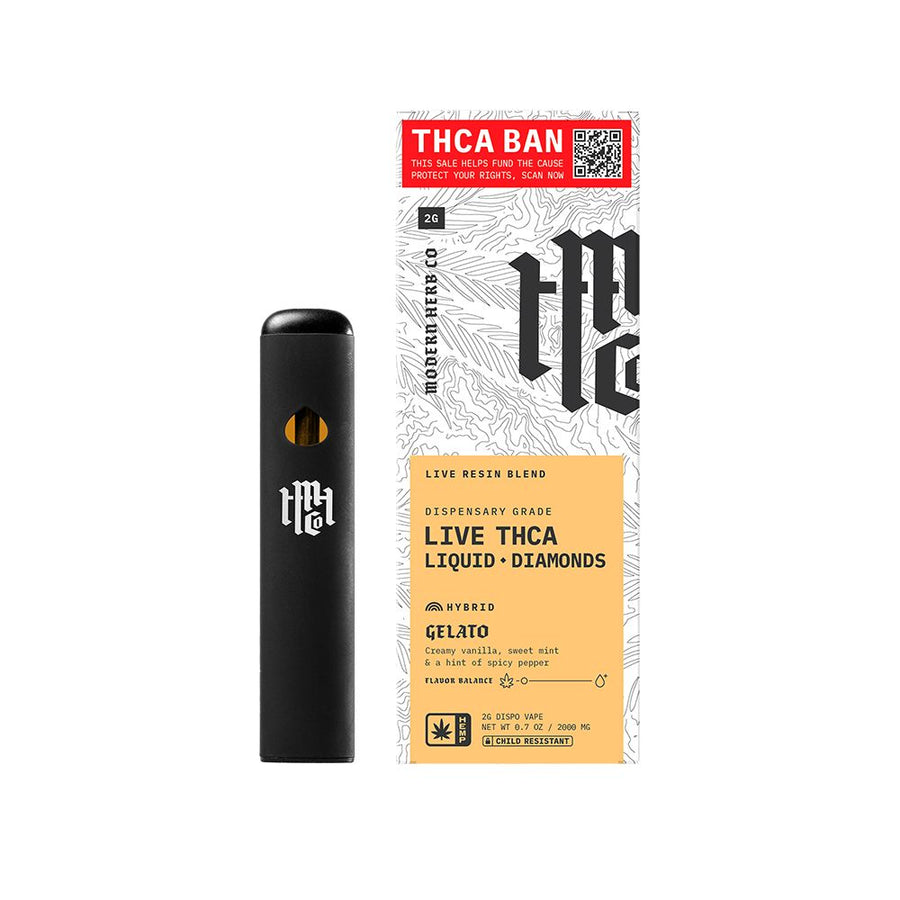
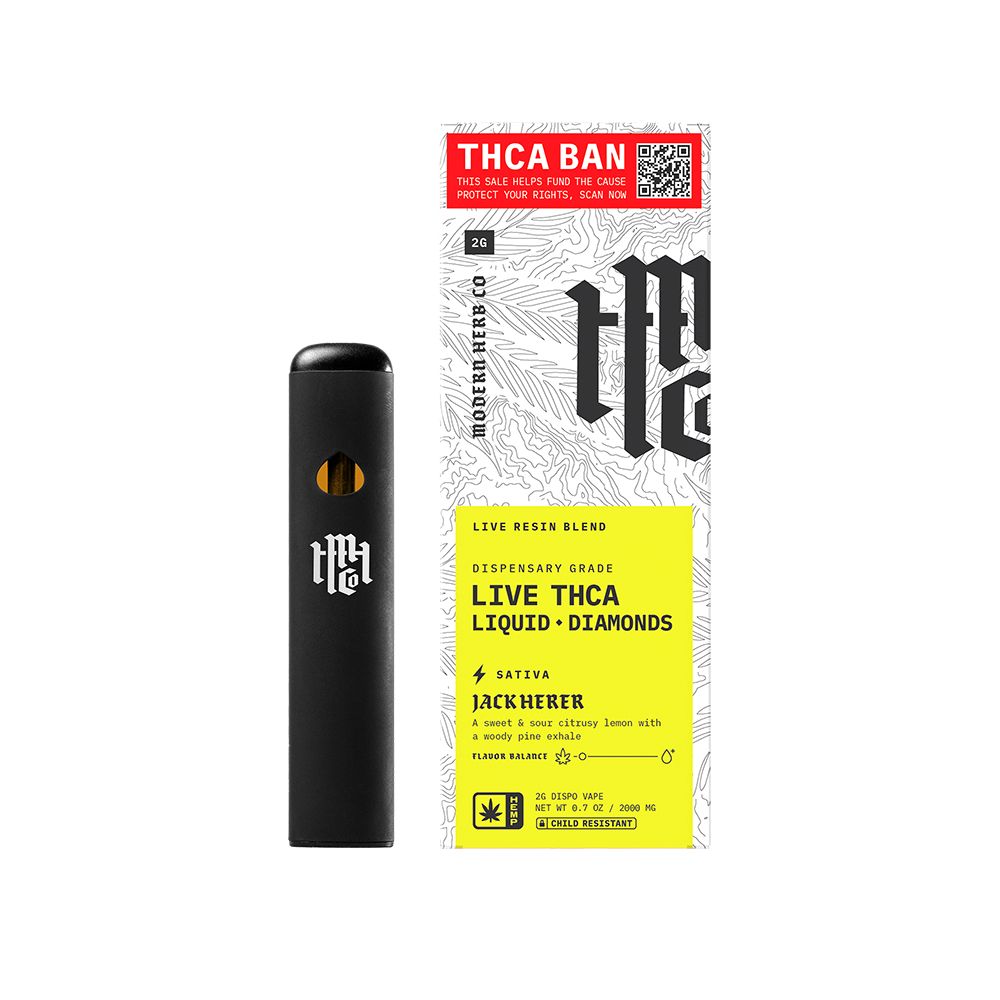
![Vessel Compass Apex Charger [Black] - Headshop.com](http://www.headshop.com/cdn/shop/files/f10e6bf4-6ce7-4a59-a50e-a4184f069754.jpg?v=1729115238&width=900)
![Vessel Compass Apex Charger [Black] - Headshop.com](http://www.headshop.com/cdn/shop/files/dce98c70-346c-405f-aca8-d59c7feed96d.jpg?v=1729115240&width=1000)


![Pipe by Vessel [Rose Gold] Pipe by Vessel [Rose Gold]](http://www.headshop.com/cdn/shop/files/Pipe_Rose_Gold_Closed.jpg?v=1744306576&width=600)
![Vessel - Cone [Onyx] Vessel - Cone [Onyx]](http://www.headshop.com/cdn/shop/products/6f51074a-2173-4ab4-876d-22a84764eb5d.png?v=1679517316&width=600)
![Vessel - Air [Jade] Vessel - Air [Jade]](http://www.headshop.com/cdn/shop/products/7cd436a1-b1f0-4e01-9e52-050ad7140b56.png?v=1679506090&width=600)
![Vessel - Mill [Beechwood] Vessel - Mill [Beechwood]](http://www.headshop.com/cdn/shop/files/MILL_GUNMETAL_BEECH_COLLAPSED_FRONT_800.jpg?v=1744308513&width=600)
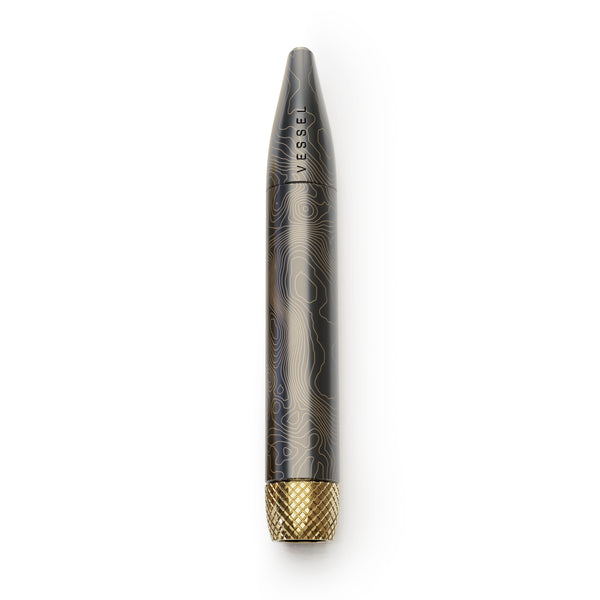
![Vessel Helix Pipe [Black] - Headshop.com](http://www.headshop.com/cdn/shop/files/Pipe_Black_Angle.jpg?v=1744306153&width=900)
![Vessel Helix Pipe [Black] - Headshop.com](http://www.headshop.com/cdn/shop/files/Pipe_Black_Closed.jpg?v=1744306155&width=1000)
![Vessel Compass Rise Vape Bar [Crimson] - Headshop.com](http://www.headshop.com/cdn/shop/files/fc3fd52a-2783-4fac-bd38-bc4f2013a889_5466b32d-da71-427f-8737-bf7d7f5f2c77.jpg?v=1735253136&width=900)
![Vessel Compass Rise Vape Bar [Crimson] - Headshop.com](http://www.headshop.com/cdn/shop/files/66947a99-195c-4deb-b29e-03443ebebd5a_32c35e3d-ba1b-4d4d-a879-3886d37bddf7.jpg?v=1735253136&width=1000)
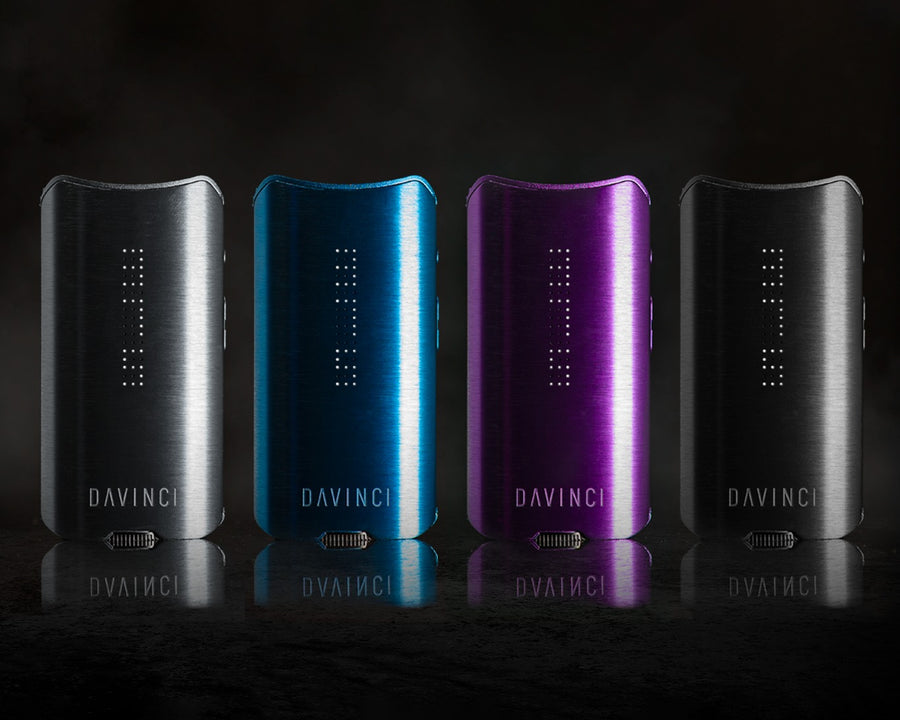
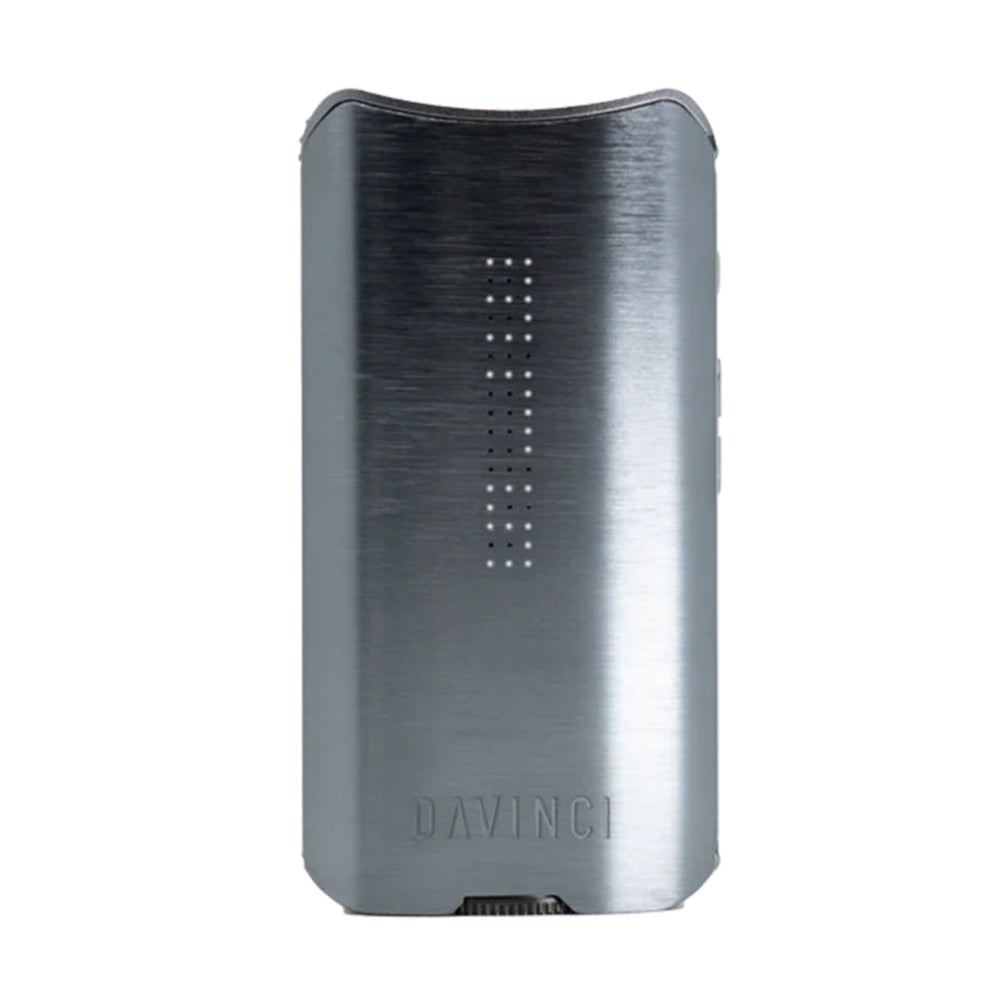
![Vessel - Ember [Gold] Astray - Headshop.com](http://www.headshop.com/cdn/shop/files/20220106_EMBER_BRASS.jpg?v=1744309601&width=900)
![Vessel - Ember [Gold] Astray - Headshop.com](http://www.headshop.com/cdn/shop/files/20220106_EMBER_BRASS_WITH_AIR.jpg?v=1744309601&width=1000)

